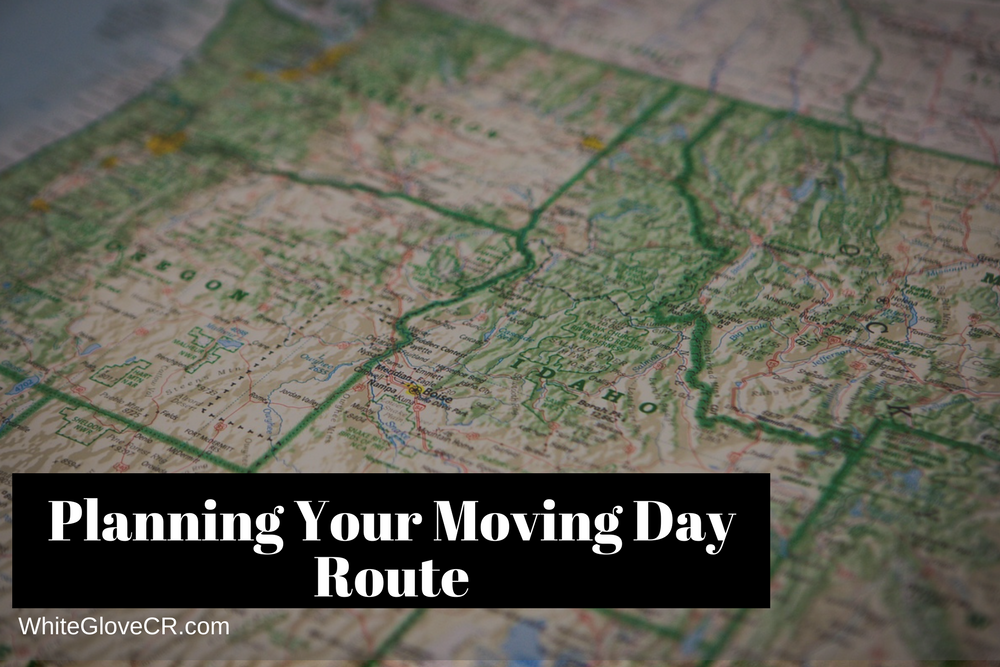If you’re in the beginning stages of planning your move, or you’ve moved a couple of times before, you’re probably well aware that the moving process involves a lot of planning. One of the things that can be easiest to overlook is your moving route.
Pre-planning your route can seem a little excessive but the truth is that whether you’re moving across town or across the state, having a route planned ahead of time will be highly beneficial. Following the route you’re used to or having Google Maps tell you how to get there can be simple enough, but there are some things you should consider when planning your moving route.
Why you should plan a moving day route
Pre-planning your moving day route will allow for a smoother process whether you’re moving to a new state or to the other side of the city. If you’re driving a large moving truck or your residential moving company is, you might not be allowed on certain streets. A large moving truck could also prove dangerous for certain highways.
Depending on what time of year it is, Google Maps could tell you to drive through a snowy mountain pass or an icy road. It will be much easier to take a route that is 15 minutes longer and avoids the mountains versus the automatically populated Google route.
Let’s face it, moving is stressful enough. When you encounter unnecessary and unexpected problems on the road, you’ll have an instantly more stressful time.
Route planning tips
Step 1: Use a route planning app such as Google Maps – Enter in your Point A and B and examine the available routes between your destinations. You don’t have to pick a route right away. When working with a residential moving company, your movers will likely know the best route. Be sure to ask them what their planned route is and if you can follow them to your new space. Keep them in mind as you go to steps two and three.
Step 2: Determine how long you want to be driving – If you’re relocating to another state, then you’re likely facing a multi-day move. Consider whether or not you want to do your entire 15-hour drive in one go. If that doesn’t sound appealing to you, you could split it into two shorter days.
When you decide to split your moving day, be sure to find cities and towns along the way where you could stop. Keep in mind that you’re probably not going to have time to sightsee, but staying in a scenic area is a good idea. You could reserve yourself the opportunity to have dinner and take your mind off the move before getting ready for the second day.
If you’ve done any traveling before, then you’re aware of how important hotel safety is. Some hotels have underground parking ramps and garages but your moving truck may not fit inside. Ask if the hotel has a secure parking lot. If so, is it patrolled? Is the parking lot surrounded by barbed wire? Be sure to ask if there’s 24/7 monitoring service as well. If you can, try to find out of the hotel you’re considering is in a nice part of town. If you discover answers to these questions that don’t sit well with you, be sure to choose somewhere else, even if it’s a little more expensive. If you’ve hired a professional residential mover, be sure to ask them for advice. It’s likely that they’ve moved others to your location, so they could have some ideas as to where to stay.
Step 3: Identify potential problems – Be aware of any potential hazards that could pop up along your route. Look for any of the following:
-Low-hanging overpasses
-Construction
-Specific truck routes
-Bridges and roads with weight limits
-Special town events that could close a route
-High mountain passes
-Weather hazards such as flooding
Step 4: Have a backup plan – Ideally your moving day will go smoothly using the primary route you’ve put together. But, it’s important to have a backup route in place just in case the need to use it should rise.

